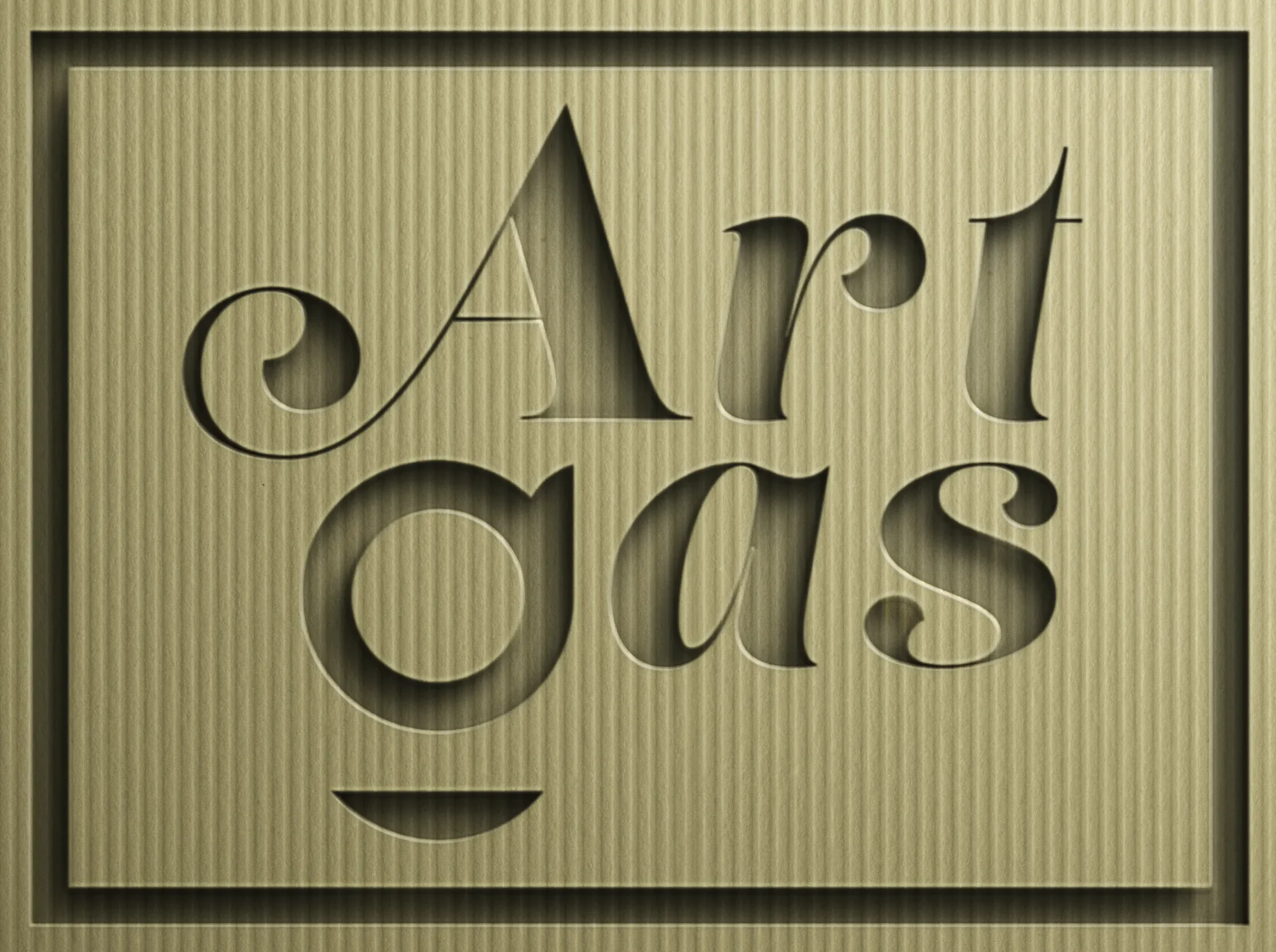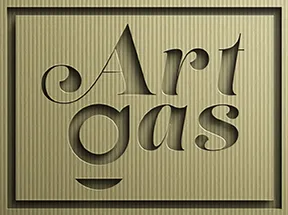Stencil Street Art: Revolutionizing Urban Landscapes
Stencil Street Art, a dynamic and politically charged medium, has reshaped the way we engage with urban environments. This art form, characterized by its use of stencils made from paper, cardboard, or other materials to create images or text on surfaces, has a rich history and a vibrant present. It offers a blend of accessibility and profound messaging, making it a powerful tool for artists worldwide.
Introduction to Stencil Street Art
Stencil art is not a new phenomenon; it has ancient roots, with examples dating back to prehistoric times. However, its adoption in street art, particularly in the context of modern urban landscapes, began to gain prominence in the late 20th century. This form of art has become synonymous with a voice of rebellion, a way for artists to comment on social, political, and environmental issues directly within the public eye.
Overview and History
The history of stencil street art is deeply intertwined with the history of political and social movements. In the 1960s and 1970s, it emerged as a tool for protest and social commentary around the globe. Cities in Europe, Latin America, and the United States saw an uptick in stencil art, used by activists and artists to rapidly disseminate messages.
One of the most significant advantages of stencil art is its replicability and speed of execution, which allows for the swift spread of messages across a wide area. This was particularly useful in times of political unrest or social change, enabling stencil art to become a preferred medium for many street artists.
Popularity and Appeal
Stencil street art has gained popularity for several reasons. Its accessibility, both in terms of creation and interpretation, allows artists without formal training to express themselves and reach a broad audience. The art form appeals to a diverse audience, from art aficionados to everyday pedestrians, partly because it often addresses universal themes and issues relevant to the local community.
Moreover, the visually striking nature of stencil art, combined with its ability to convey messages succinctly and powerfully, has contributed to its widespread appeal. Its presence in urban landscapes often sparks conversations, making it an effective medium for artists seeking to engage the public in dialogue.
Classic Variations of Stencil Street Art
- Political Commentary: This variation is used to address political issues, often featuring portraits of political figures or symbols associated with specific movements or ideologies.
- Social Commentary: Focusing on social issues, this style frequently portrays scenes or messages that critique societal norms, inequalities, and injustices.
- Pop Art: Inspired by the pop art movement, these stencils often feature iconic images from popular culture, reimagined in a street art context.
- Portraiture: Realistic or stylized portraits of famous individuals, unknown faces, or conceptual characters, highlighting the diversity of human expression.
New Digital or AI Variations
- Digital Stencil Art: Artists use digital tools to create stencils, allowing for more intricate designs and the integration of digital imagery into traditional stencil techniques.
- AI-Generated Stencil Art: Leveraging artificial intelligence, artists can generate unique stencil designs or adapt existing images into stencil form, pushing the boundaries of the art form.
Noteworthy Artists
- Banksy: Perhaps the most famous stencil street artist, Banksy’s work is known worldwide for its poignant social and political commentary.
- Blek le Rat: Considered one of the pioneers of stencil graffiti, his work has inspired many street artists, including Banksy.
- Miss Tic: A French artist known for her feminist-themed stencil work that often features poetic texts.
- Jef Aérosol: Renowned for his large-scale, monochromatic portraits of celebrities and anonymous characters.
FAQs about Stencil Street Art
- What materials do you need for stencil street art?
- Basic materials include stencil paper or card, a cutting tool (like an X-Acto knife), spray paint, and a surface to paint on.
- Is stencil art legal?
- The legality of stencil art depends on where it is created. Without permission, it can be considered vandalism.
- How do artists create stencils?
- Artists typically design an image and then carefully cut out parts to create a stencil that can be used with spray paint or other mediums to reproduce the image.
- Can stencil art be removed?
- Yes, like most street art, it can be removed with paint or chemical removers, though some communities choose to preserve it.
Conclusion: The Collection of Stencil Street Art at Art Gas
Art Gas is proud to showcase a diverse collection of stencil street art, celebrating the richness and depth of this dynamic art form. Our collection features both classic and contemporary variations, highlighting the evolution of stencil art from a tool of political expression to a recognized and celebrated form of urban art.
Keywords
- Stencil Street Art
- Urban Landscapes
- Political Commentary
- Social Commentary
- Pop Art
- Portraiture
- Digital Stencil Art
- AI-Generated Stencil Art
- Banksy
- Blek le Rat
- Miss Tic
- Jef Aérosol


